Heroes
Vets Prescribe Cuddles For Rescued Baby Walrus

Quick Smiles:
- A young Pacific walrus calf, found unusually far from the ocean, is being cared for at the Alaska SeaLife Center.
- Vets have prescribed regular cuddles due to walruses’ highly tactile nature and their dependence on maternal care.
- Despite some health challenges, the Center remains hopeful for the calf’s recovery.
When you think of a prescription, it’s often pills or injections that come to mind.
But for a lost and found Pacific walrus calf at the Alaska SeaLife Center, the prescription is a whole lot cuter: round-the-clock cuddles!
This adorable male calf, arriving from the North Slope of Alaska, has the distinct honor of being only the tenth walrus the Center has admitted in its 25-year history.
An alert from workers led to his discovery four miles inland from the Beaufort Sea — a location these sea mammals aren’t typically found.
With no maternal figure nearby and these calves needing two years of mommy-care, the young walrus was in desperate need of a helping hand… or perhaps a cuddling one.
The journey of our furry friend from his unexpected spot to the Alaska SeaLife Center is heartwarming.
Thanks to the swift action of organizations like Alaska Clean Seas and the generous assistance from ConocoPhillips Alaska, the nearly 200-pound, month-old calf made a safe landing at Seward Airport.
His initial check-up at the Center highlighted concerns of malnutrition, dehydration, and an eye issue. Blood tests further revealed a possible infection, and he’s still adjusting to his new formula diet.
But here’s where the tale gets cuddly!
Walruses are not just the whiskery, tusky creatures we see lazing around on TV. They are incredibly tactile and social.
In the wild, a baby walrus would typically enjoy constant pampering and cuddles from its mother.
To replicate this motherly affection and provide the calf with a sense of security, the Center’s team is showering him with 24/7 cuddle sessions.
And it seems like the baby walrus is lapping it up, gradually getting used to his new surroundings and even starting to feed from a bottle.
Jane Belovarac, the Wildlife Response Curator at ASLC, expressed her optimism.
“We are lucky that his first night went well,” she said. “It’s a rare treat to care for a walrus calf, and every opportunity helps us learn more about this marvelous species.”
Currently off-limits to the public, as our flippered friend grows stronger, he might just get his own viewing spot. And for those eagerly waiting for a sneak-peek, the Center promises to keep everyone updated.
It’s undeniable that collaborations breed success. Both Alaska Clean Seas, a consistent partner since 2010, and ConocoPhillips, a long-time supporter of the Center, have played pivotal roles in this rescue.
Erec Isaacson, President of ConocoPhillips Alaska, praised the combined effort.
“This rescue stands testament to a network of caring neighbors. We’re fortunate to have the Alaska SeaLife Center to provide such dedicated care.”
With a path still to tread, the walrus’s health remains a priority.
The Center’s recent Facebook update reminded everyone of the challenges ahead, but also showcased their unwavering commitment.
As they wrote, they’ll “continue to share what we can about this special patient’s journey.”
So, the next time you think about the power of a hug or cuddle, remember the walrus calf miles away receiving his own dose of “cuddle therapy.”
And who knows, maybe it’s the secret ingredient to his full recovery! 🐋❤️🤗

-
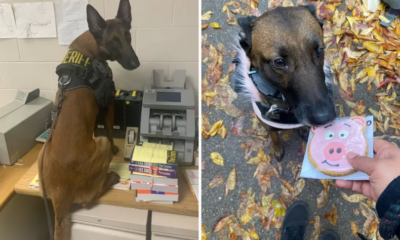
 Cute Animals7 months ago
Cute Animals7 months agoPuppy Love Patrol: Service Dog Swoons Over K9 Officer Neighbor
-

 Cute Animals10 months ago
Cute Animals10 months agoHugs, Hooves, and Happiness: Newborn Donkey Steals Hearts by Demanding Affection [Video]
-
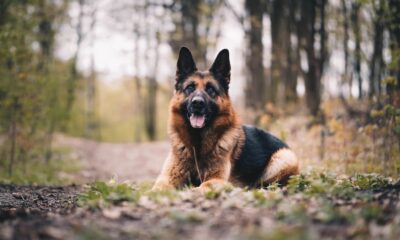
 Cute Animals10 months ago
Cute Animals10 months agoWATCH: A German Shepherd’s Surprising Parenting Instinct for Lost Ducklings!
-

 Cute Animals12 months ago
Cute Animals12 months agoPetty Pup Pulls Off Hilarious Bone Heist [Video]
-
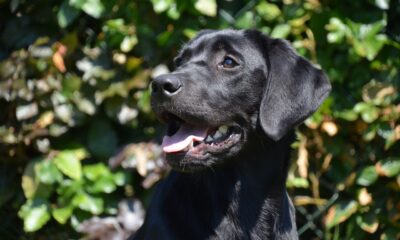
 Heroes8 months ago
Heroes8 months agoA Lost Dog’s Bark Leads to a Lifesaving Discovery
-
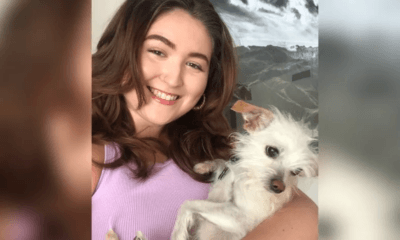
 Cute Animals10 months ago
Cute Animals10 months ago“Pure Love”: Adopted Rescue Dog Can’t Hide How Grateful He Is [Video]
-
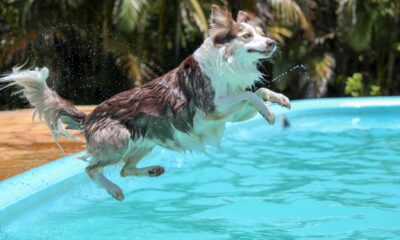
 Cute Animals9 months ago
Cute Animals9 months agoAdorable Puppy Steals Hearts After a Tiring Swim [Video]
-

 Cute Animals10 months ago
Cute Animals10 months agoTiny but Mighty: Cat with Dwarfism Becomes Internet Star as Owners Adapt Backyard for Her Comfort